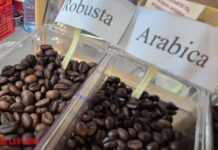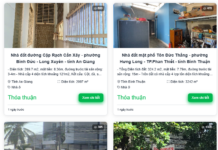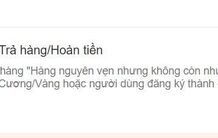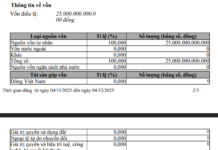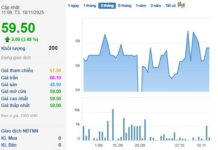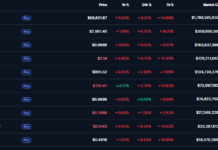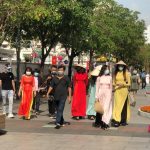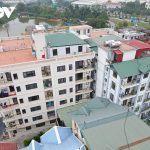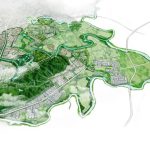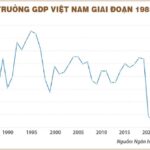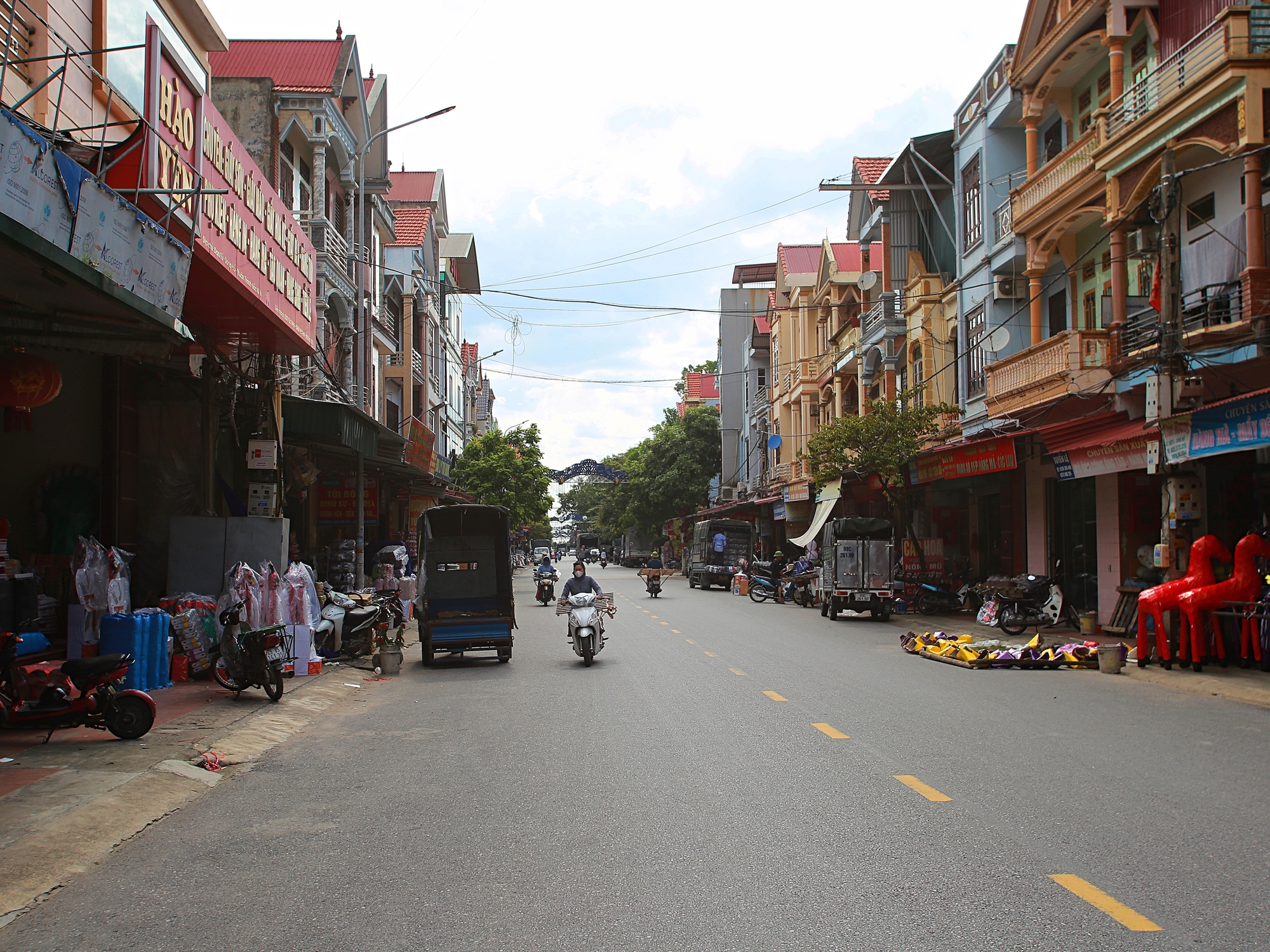
The commune of Song Ho in Thuân Thành District, Bac Ninh Province, is renowned for its large-scale production of votive paper offerings, also known as “vang ma.” For the past month, the locals of Song Ho have been bustling with activity, producing these offerings to meet the market’s demands.
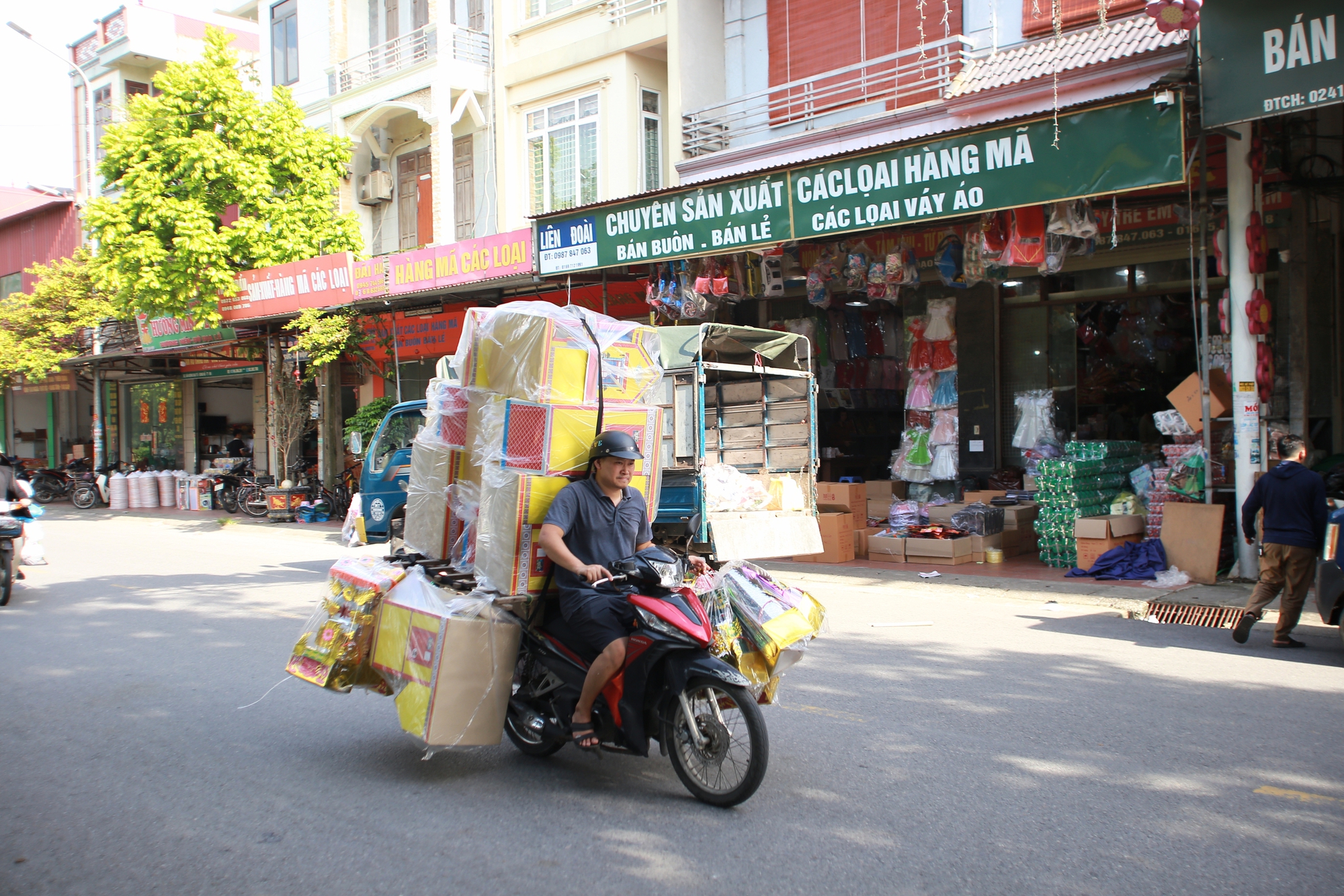
According to the locals, despite a decrease in demand in recent years, orders surge three to four times during the seventh and eighth lunar months. As a result, the people of Song Ho begin ramping up production one to two months in advance.
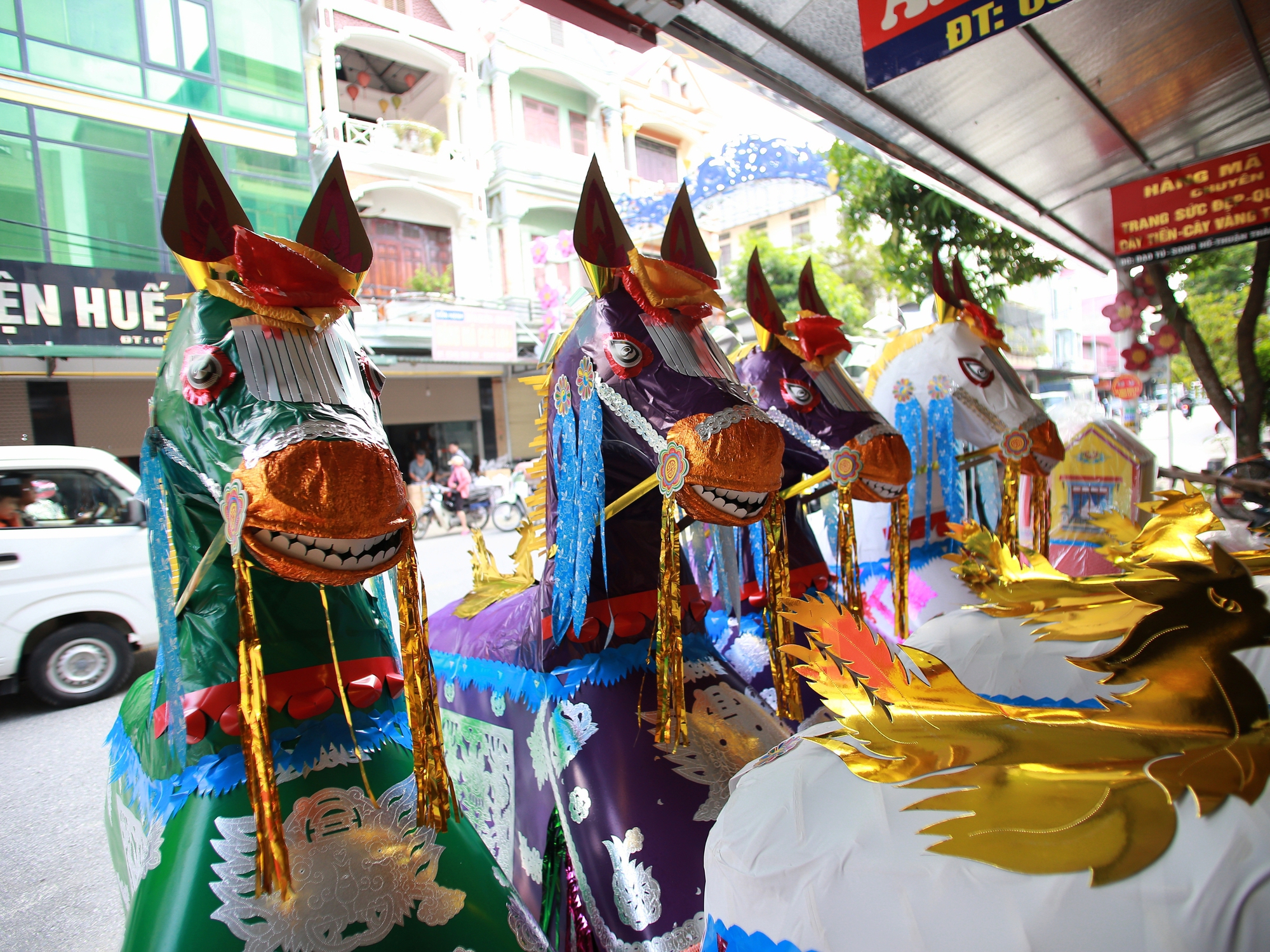
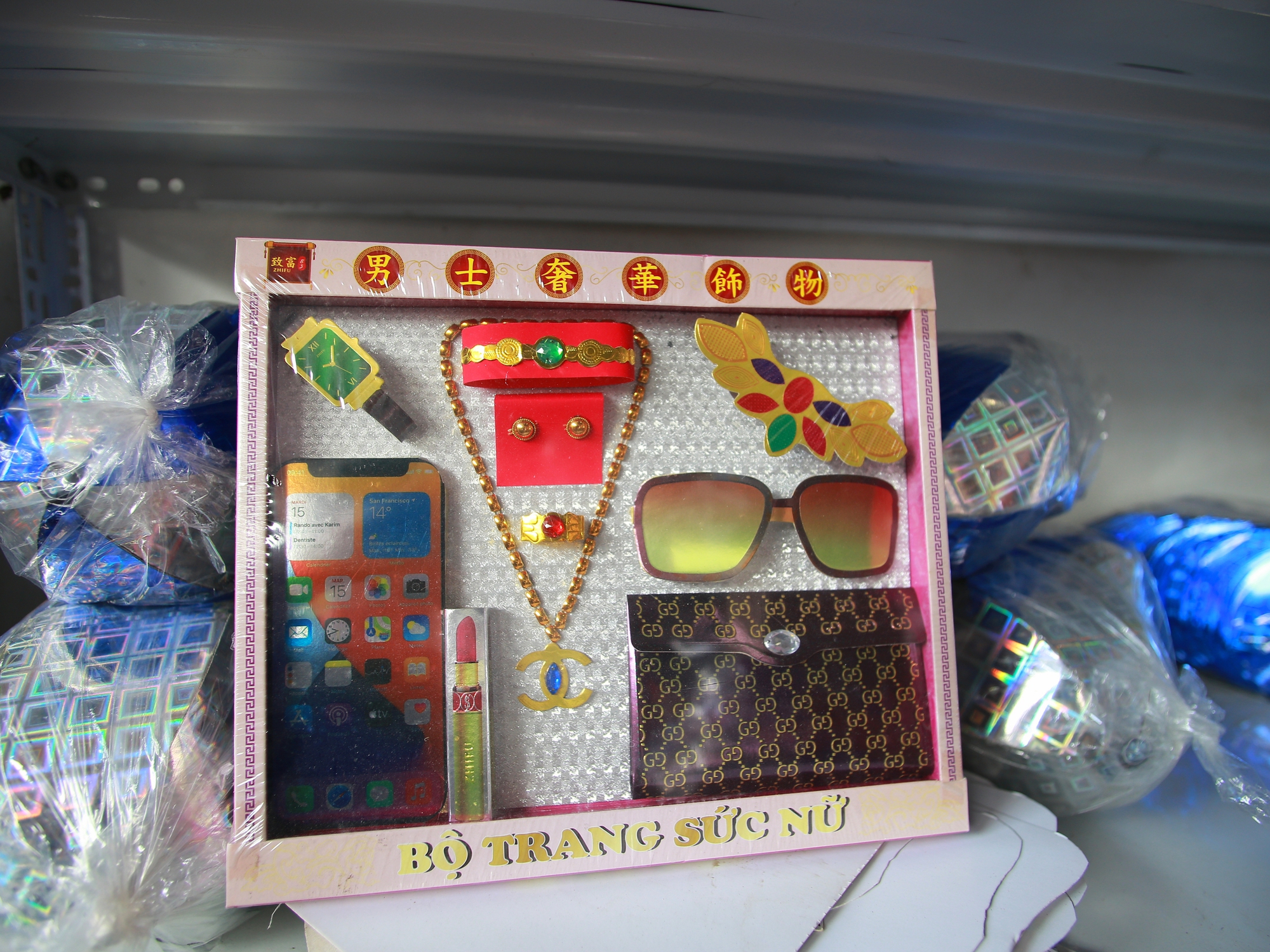
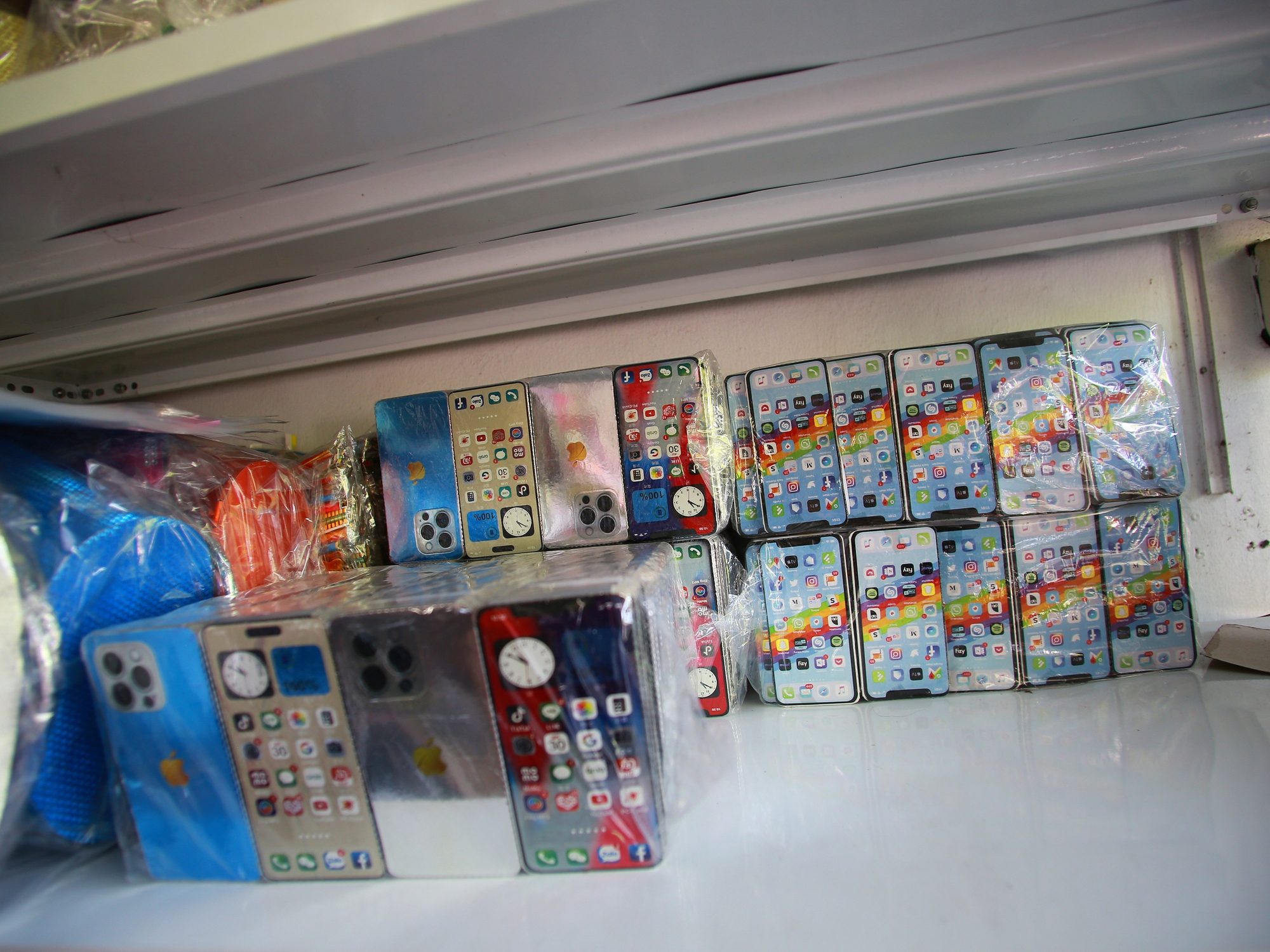
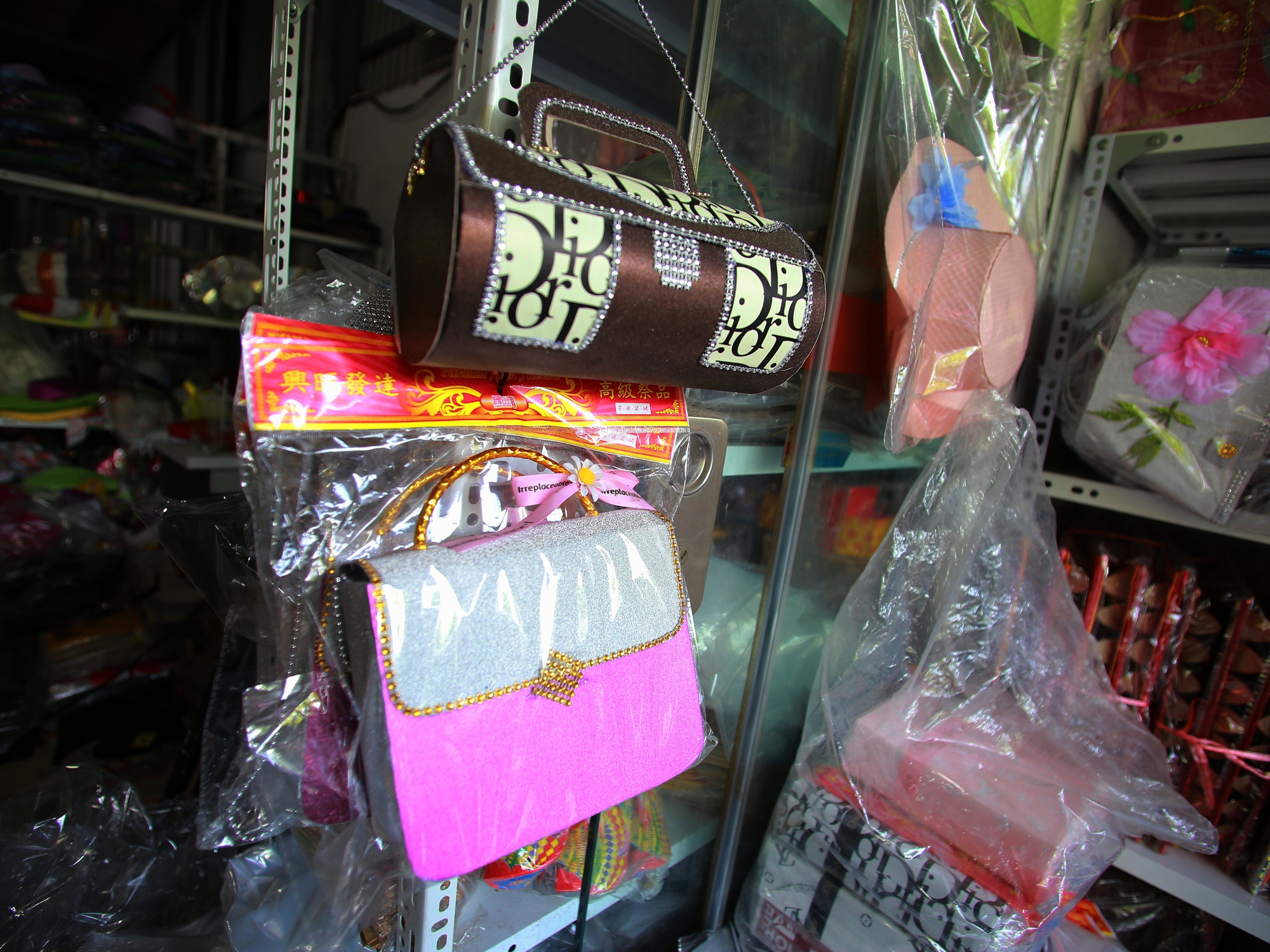

Adhering to the belief of “as above, so below,” the votive paper offerings here are diverse and meticulously crafted to resemble real-life objects, including villas, houses, phones, motorcycles, and clothing.
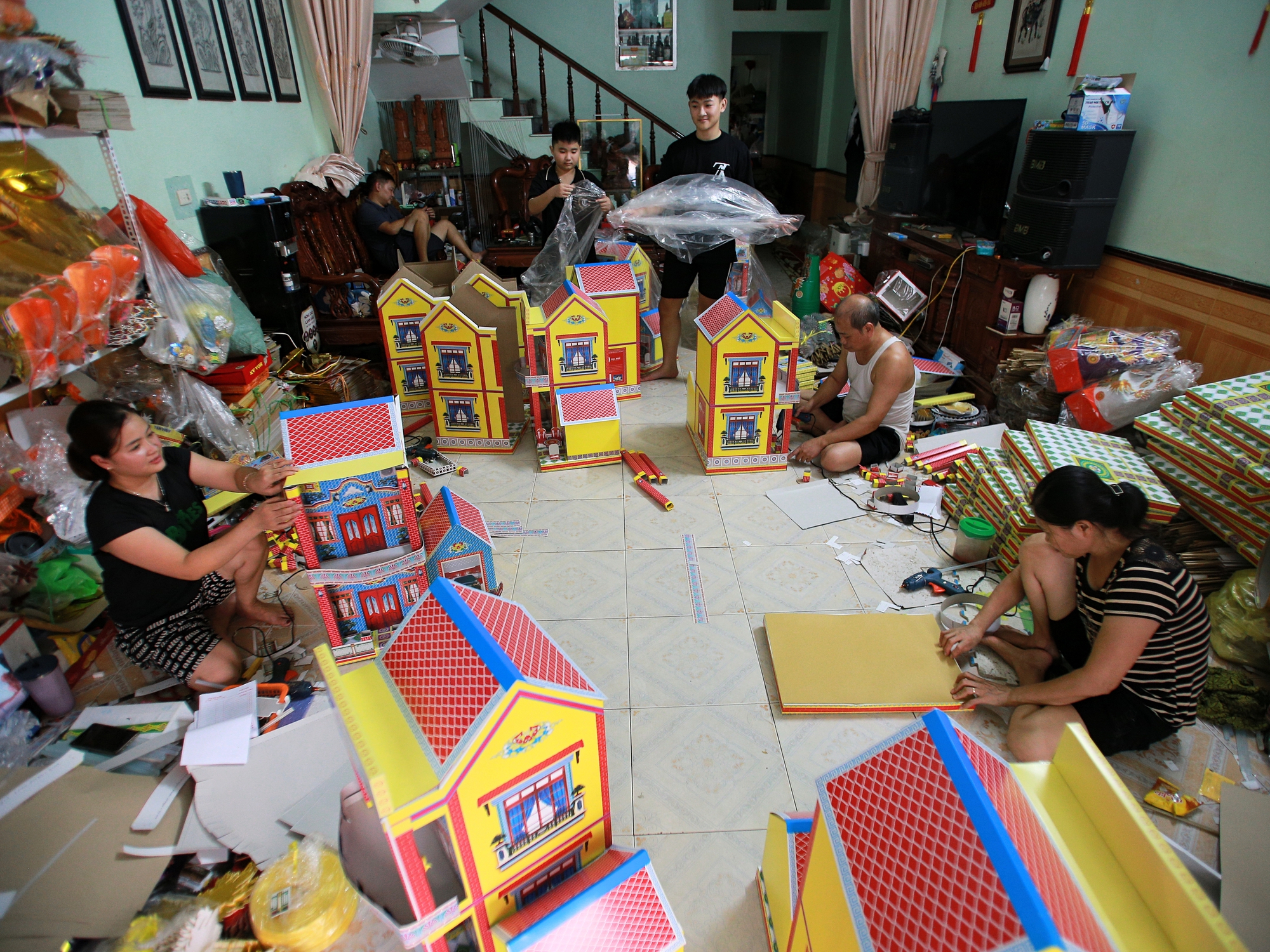
A workshop specializing in paper houses
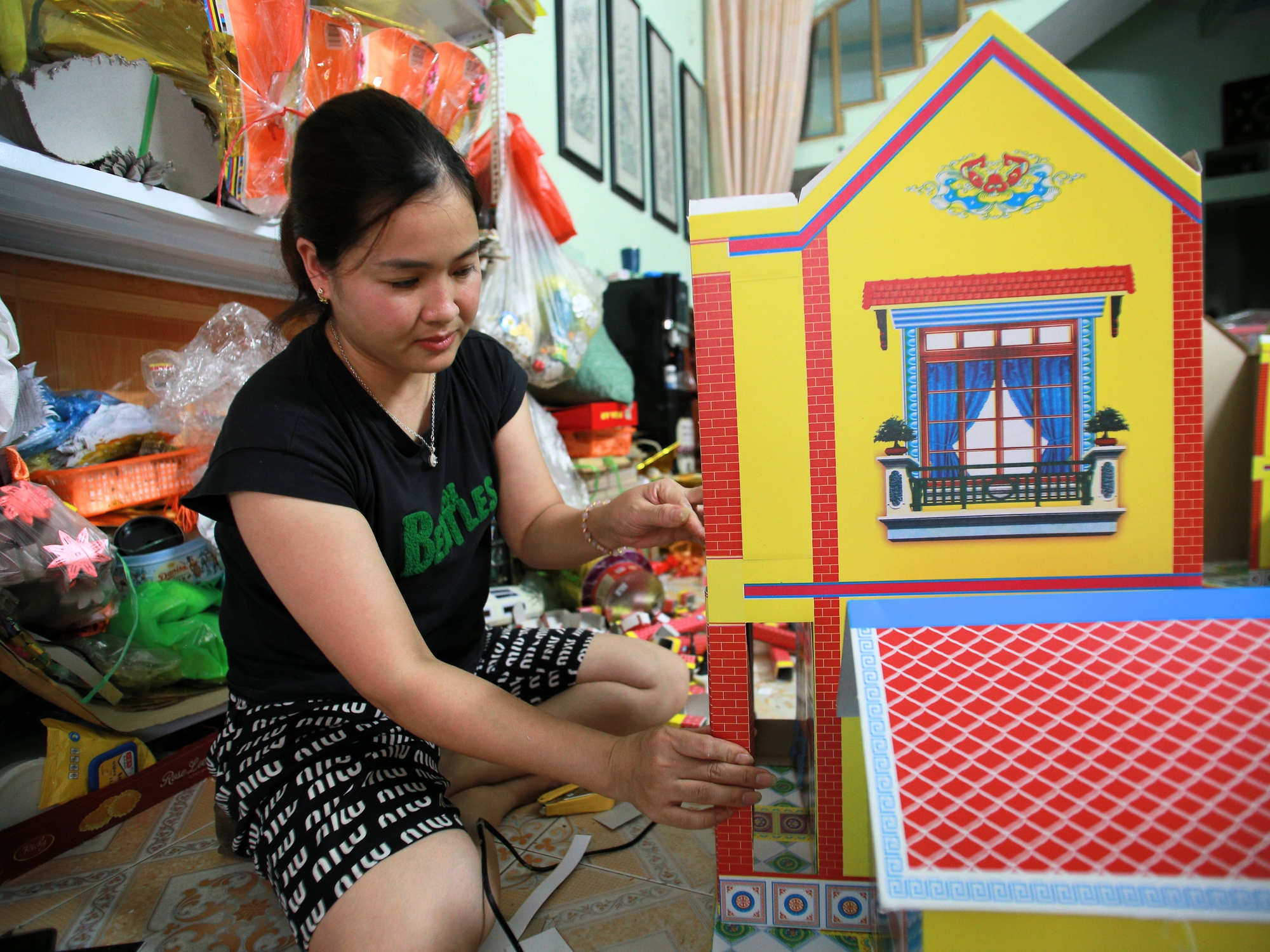
In an interview, Ms. Hảo, a 38-year-old resident of Song Ho, shared: “Since the COVID-19 pandemic, the demand for these offerings has decreased. Before, during the seventh lunar month, my family would hire seven to eight additional workers. But since the pandemic, orders have lessened, and we only hire one or two extra hands.”
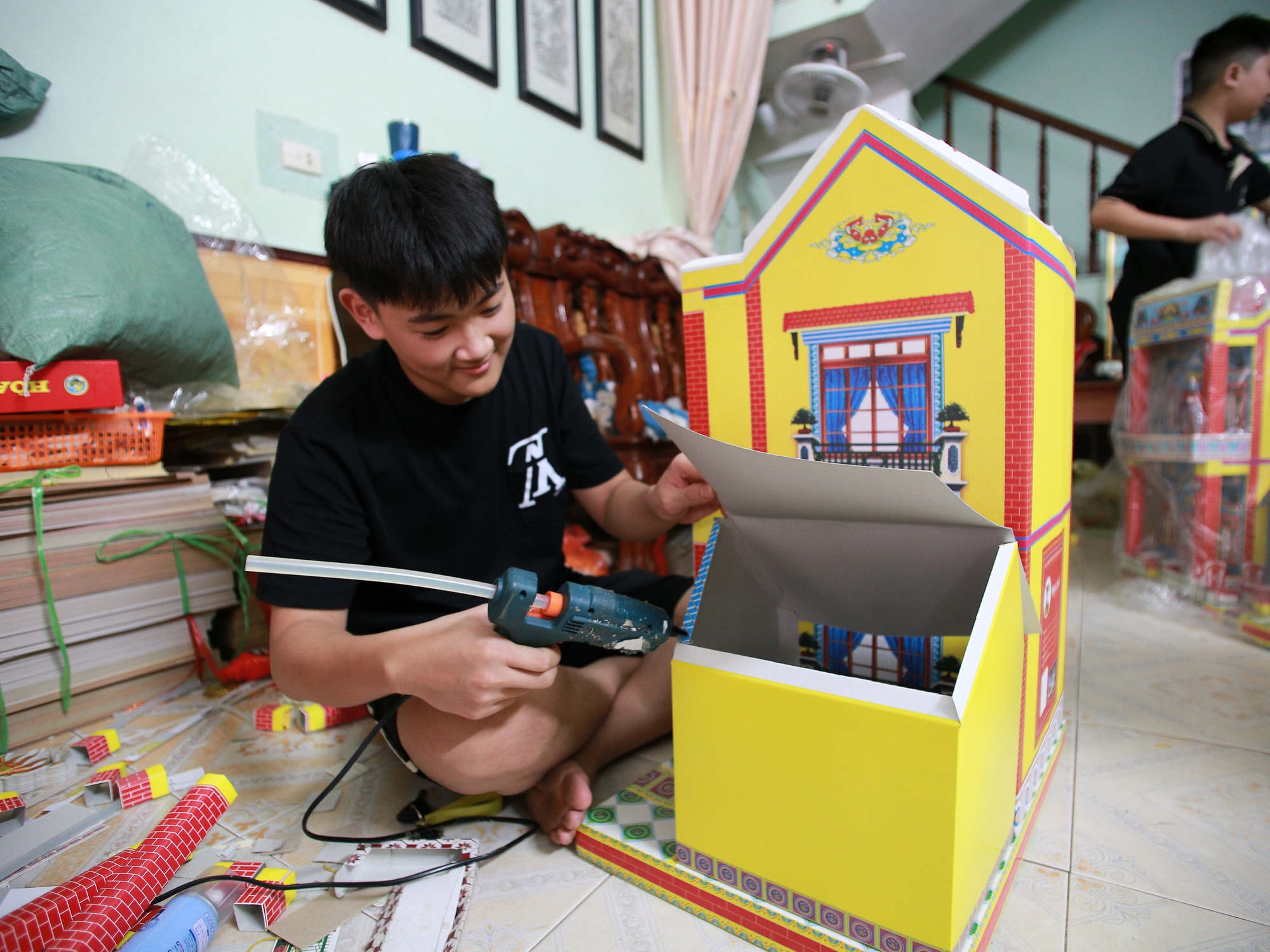
“Each household here specializes in a specific type of votive paper offering. My family has five members, and we focus on crafting paper houses and villas. The quantity and price vary depending on the type. For simpler houses, we can make over 100 sets per day, selling each for 30,000 VND. For more intricate houses, we produce around 30 sets per day, priced at 50,000 VND each,” she added.
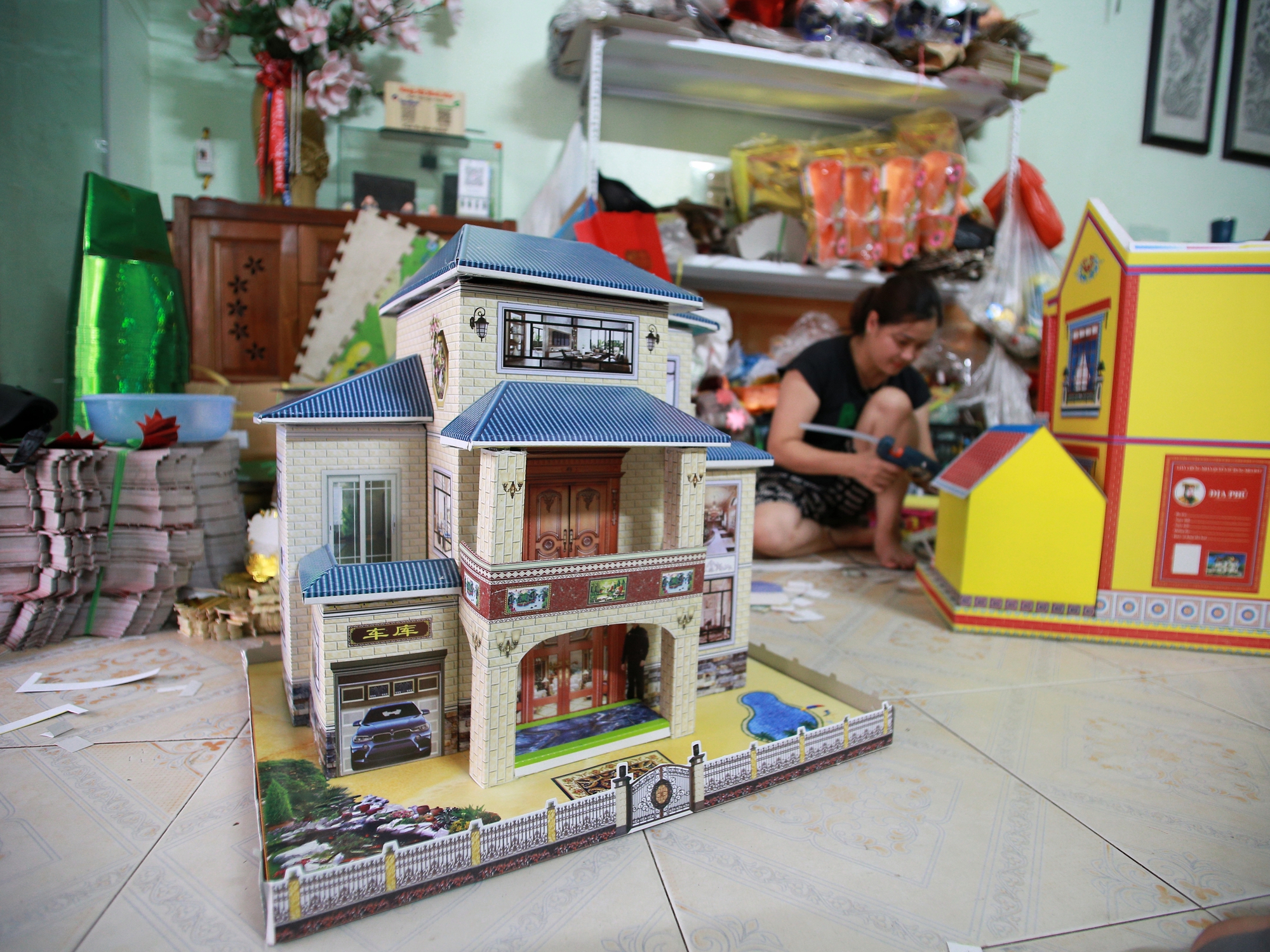
A more intricate paper house model sells for 50,000 VND each.
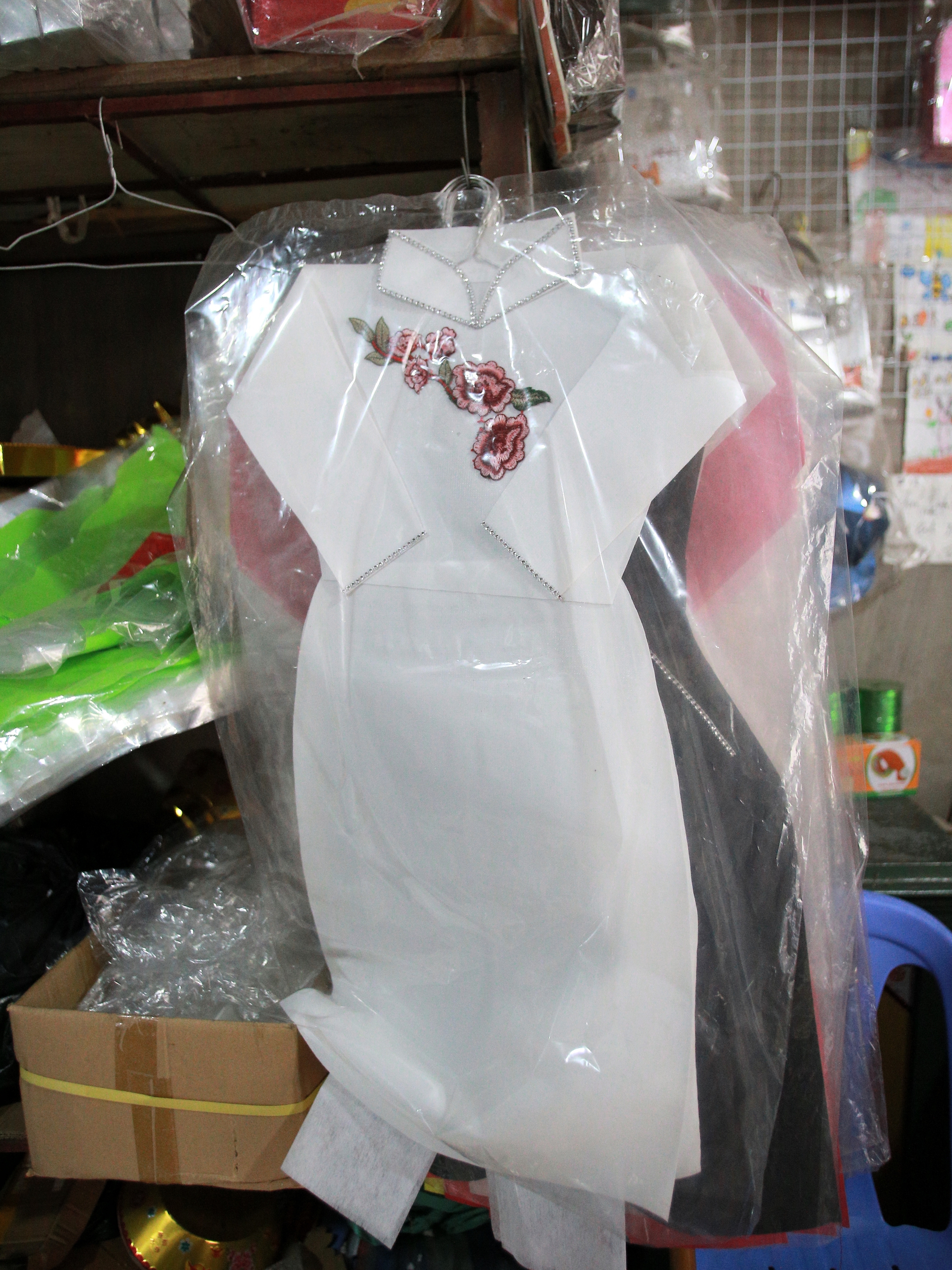
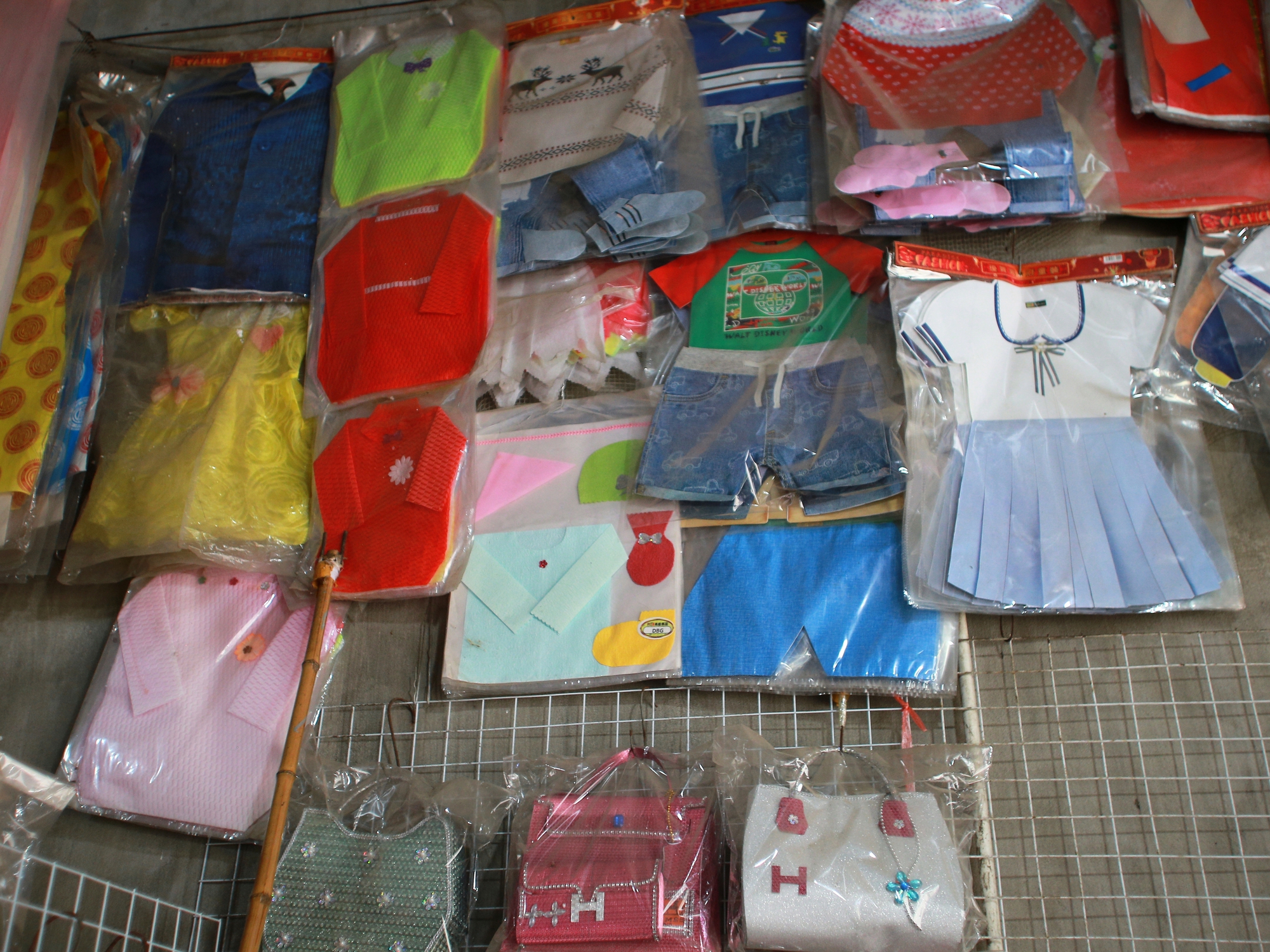
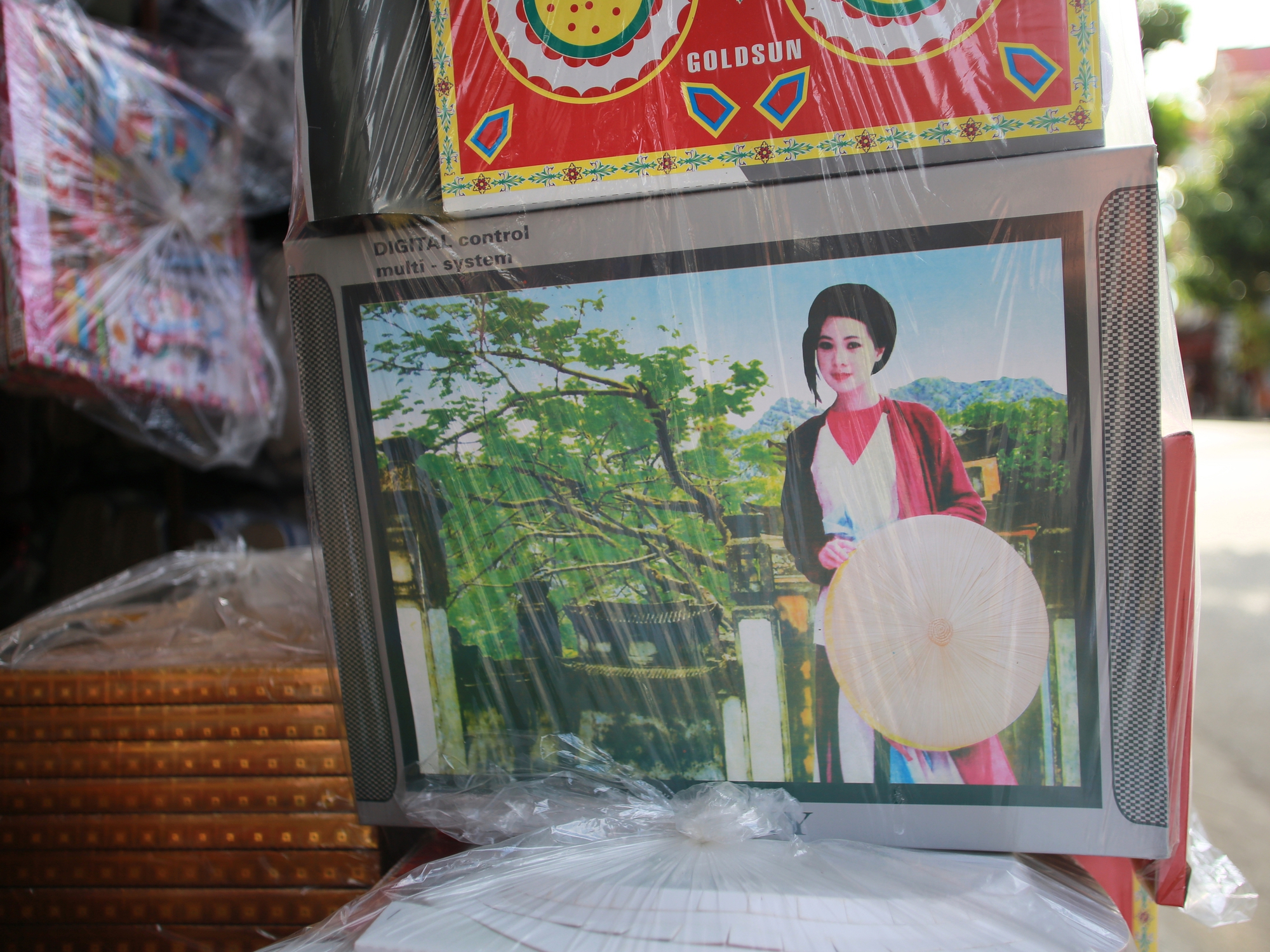
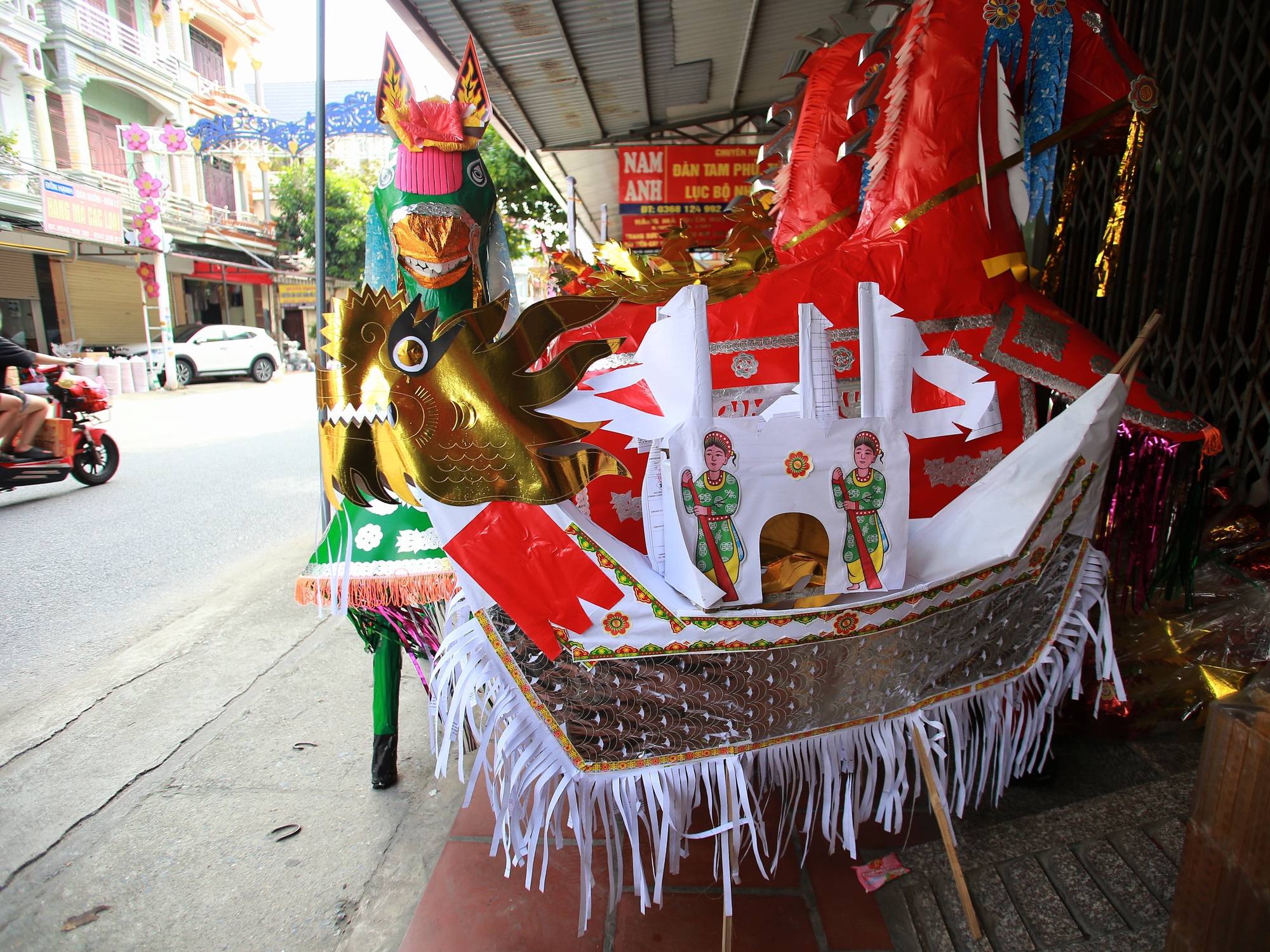
A wide range of votive paper offerings with various designs are available.
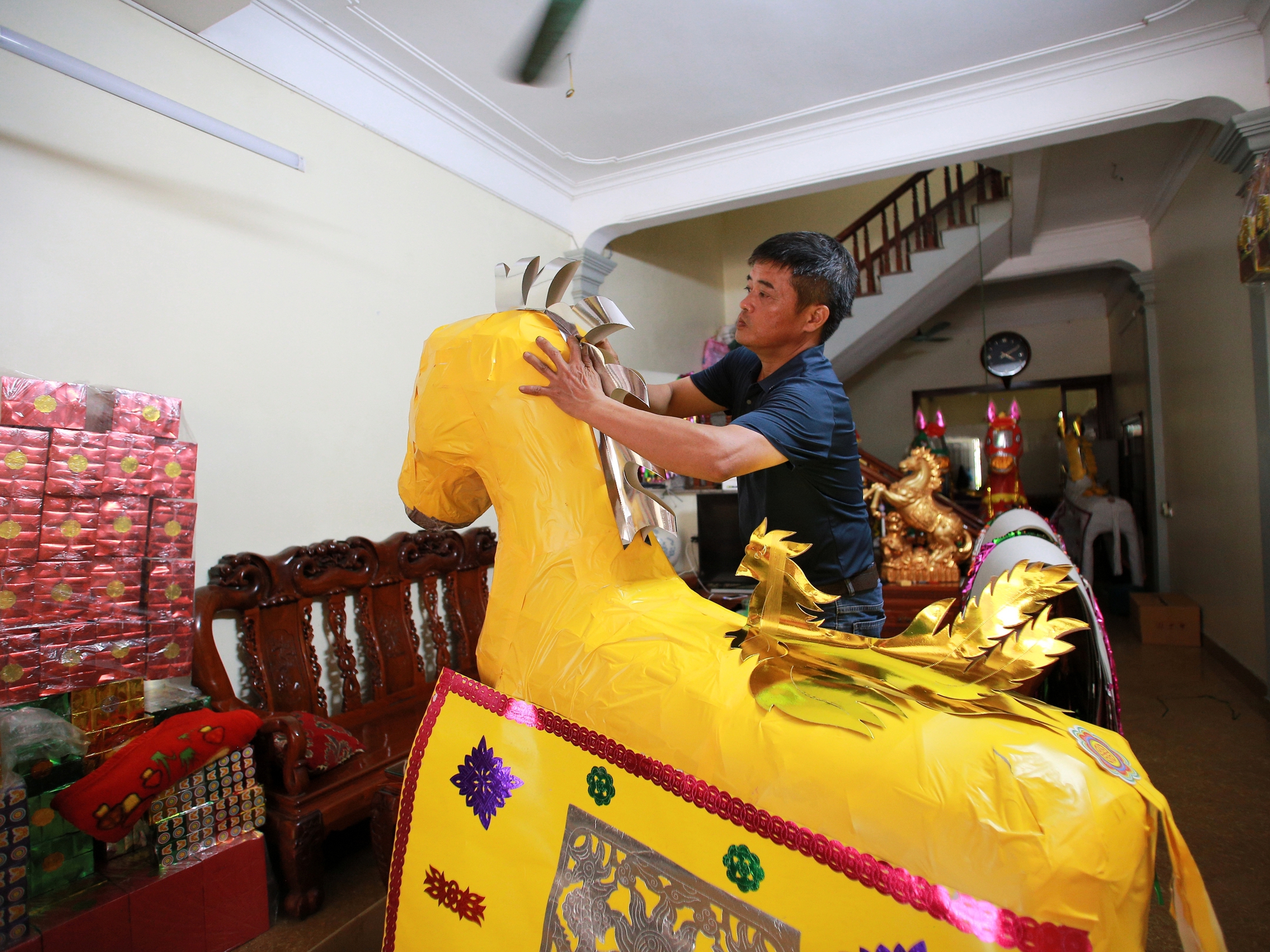
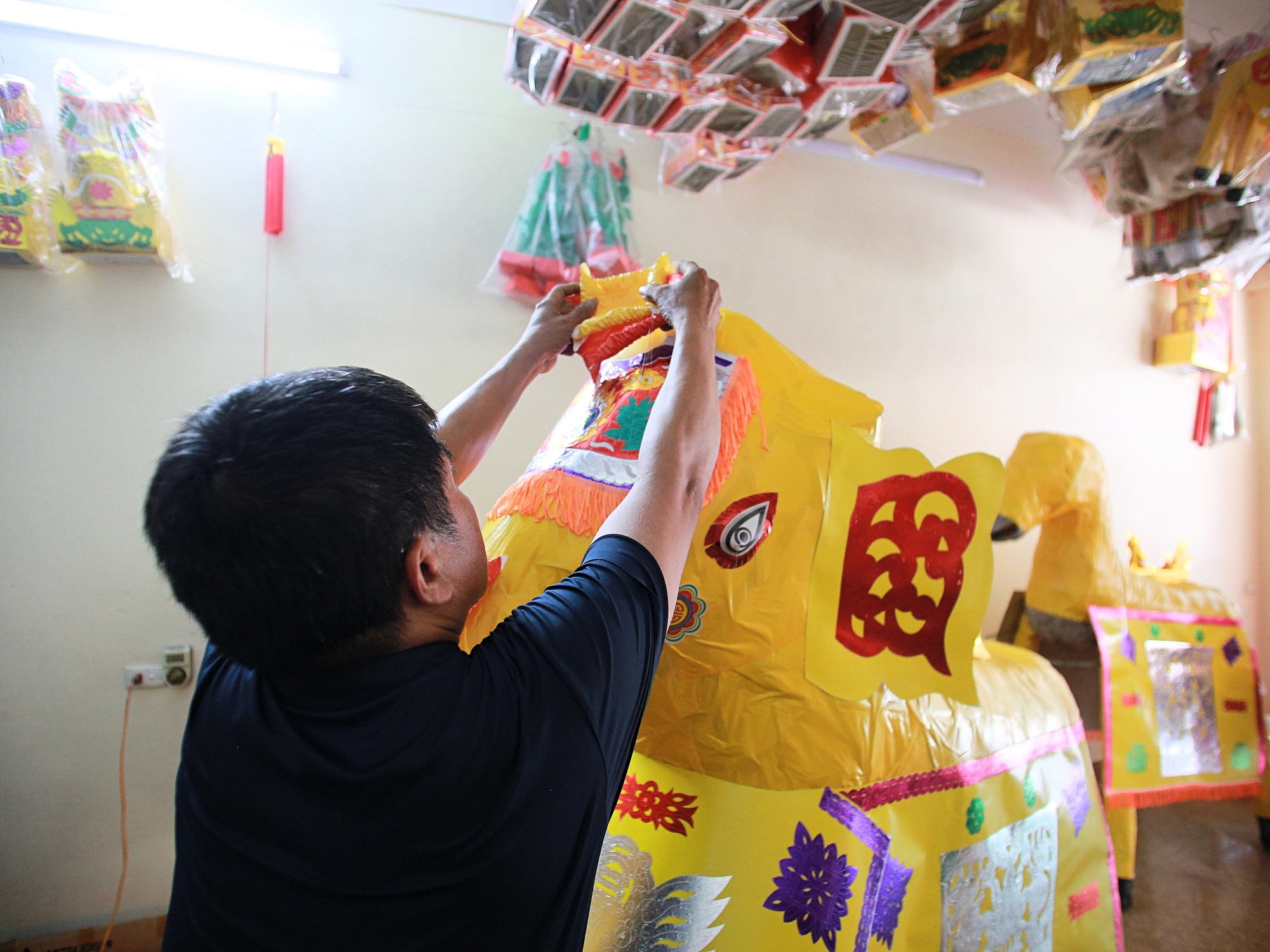
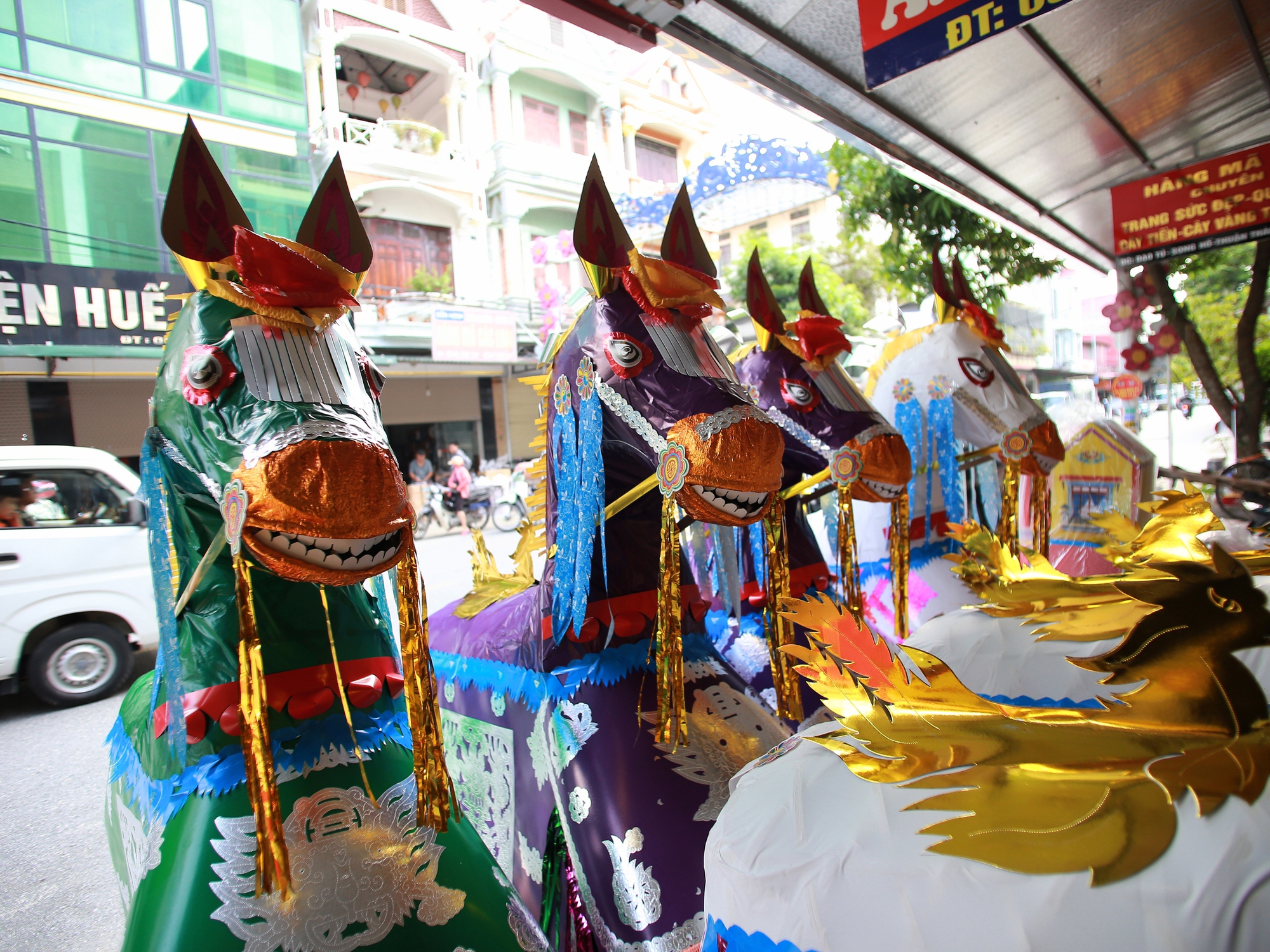
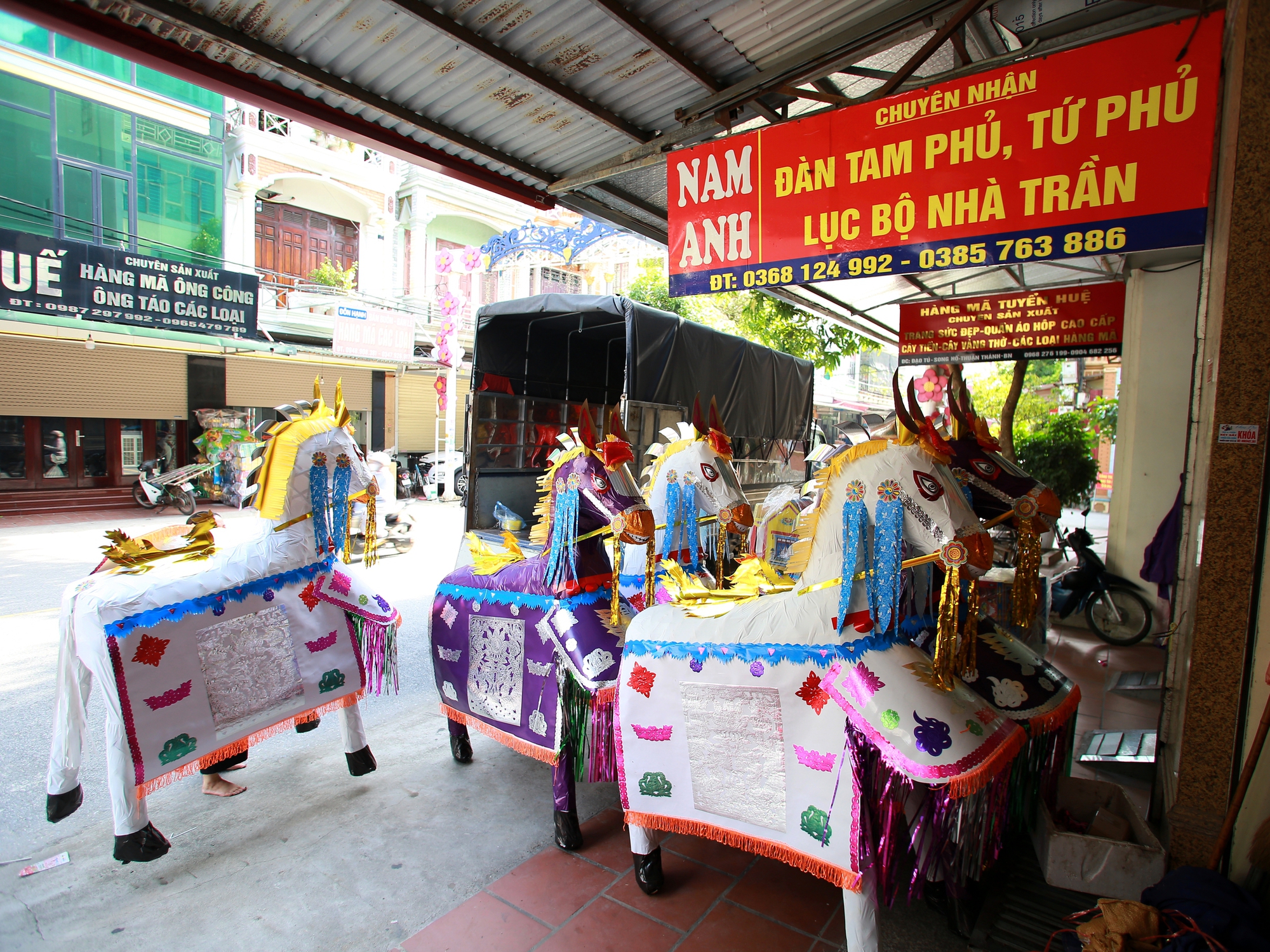
A workshop in Song Ho that specializes in paper horses, elephants, and “tứ phủ” (a set of four deities in Vietnamese folk religion)
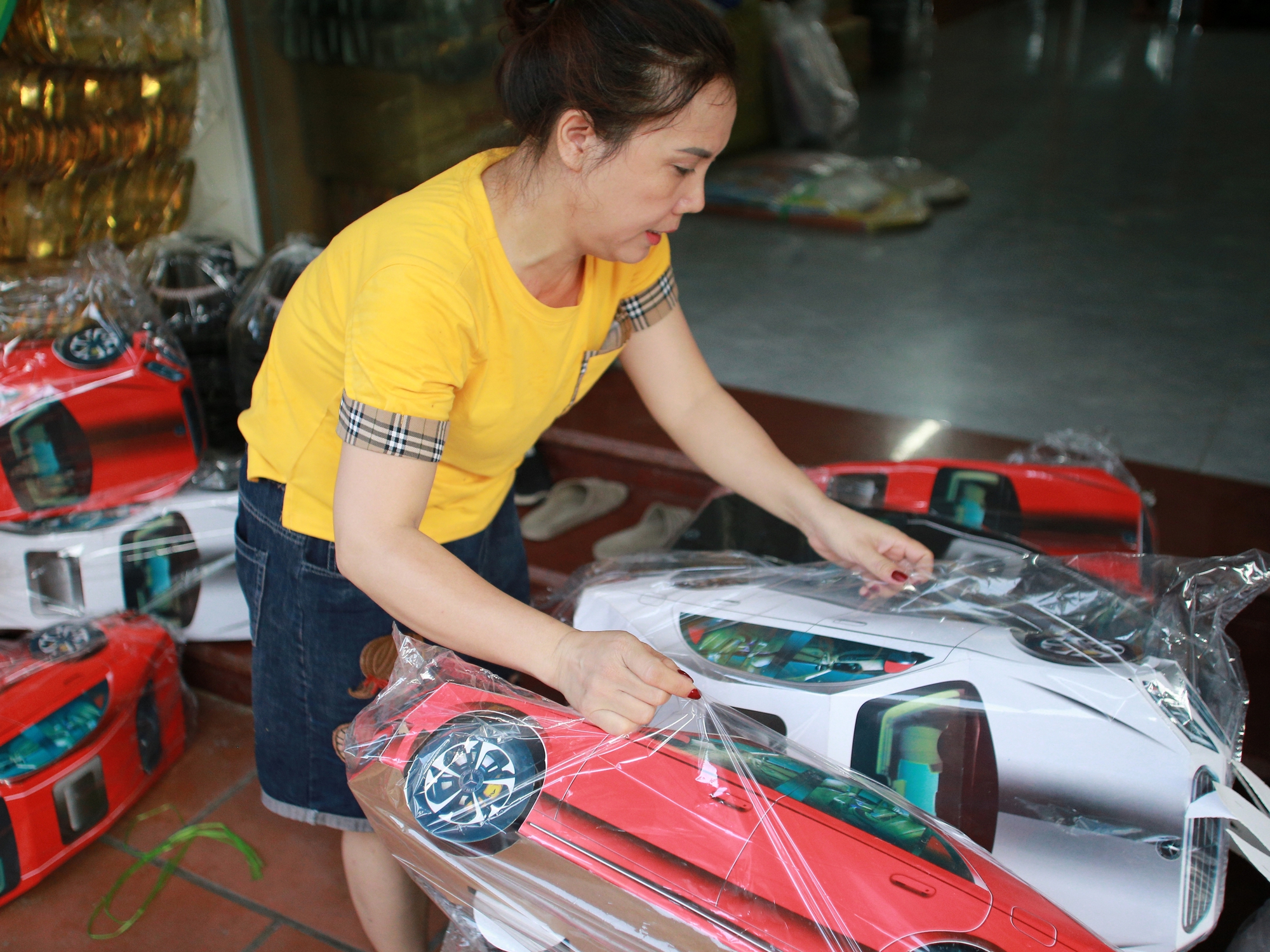
Due to the diverse range of products, each household or workshop tends to specialize in a few specific types of votive paper offerings.
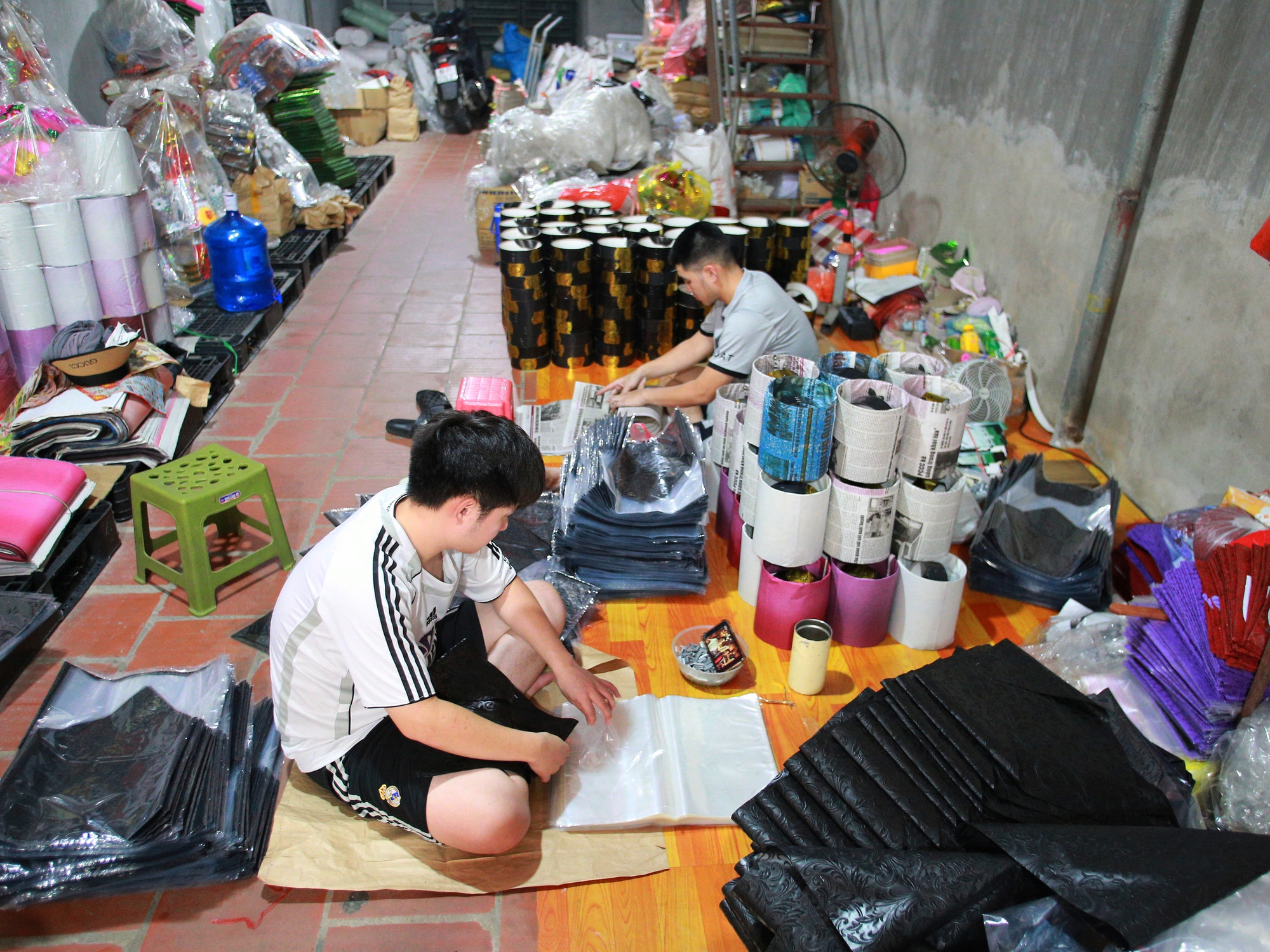
With a long tradition of making votive paper offerings, Mr. N., the owner of a workshop in Song Ho, shared that his family has been in this business for over 30 years. In the past, fewer households engaged in this trade, and the offerings were mainly handcrafted. Thus, during the fifth or sixth lunar month, his family would hire 15-20 people to ensure they could meet the demand for the seventh lunar month.
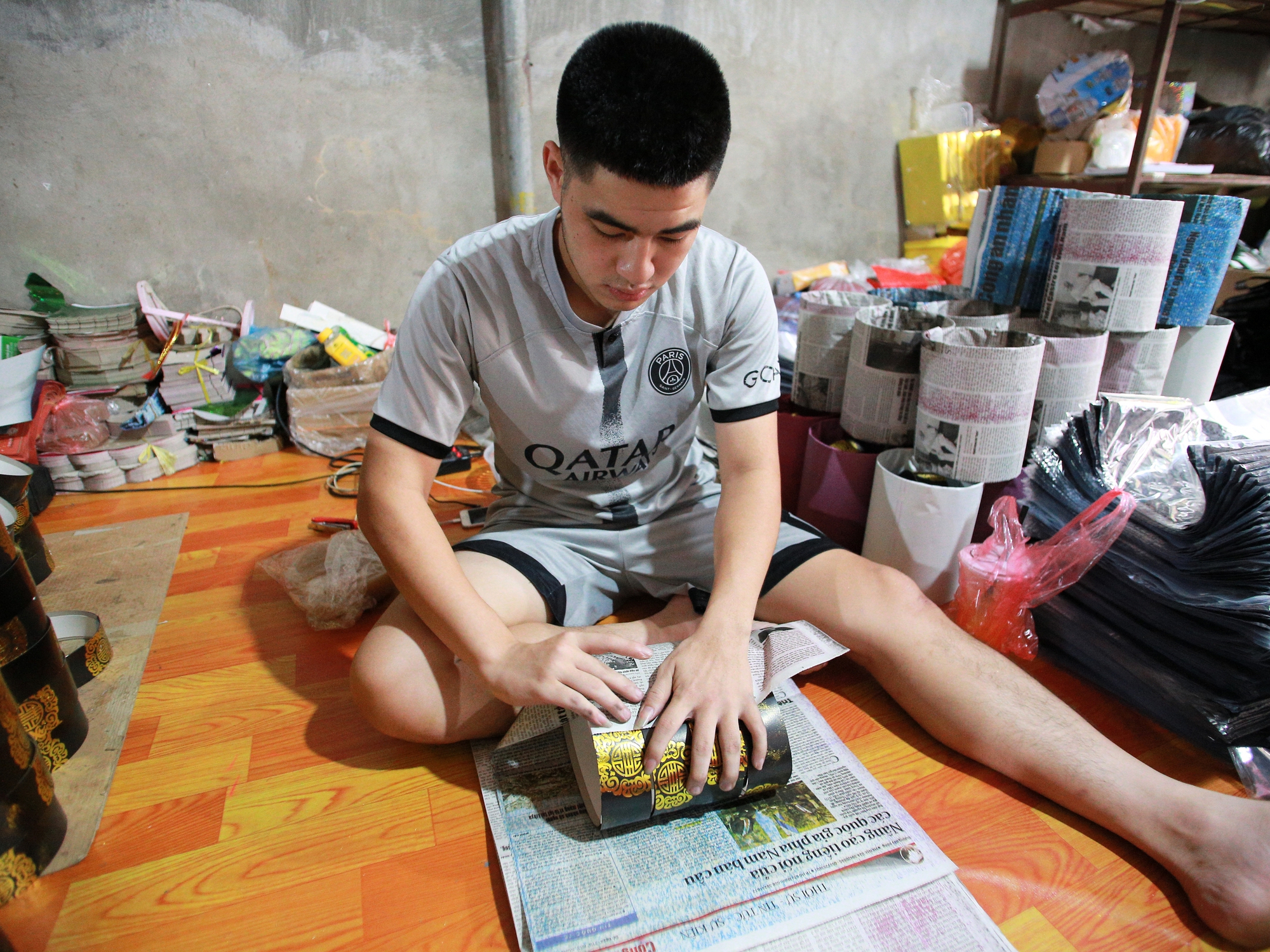
“Now, many processes can be mechanized, making production faster. Additionally, more households are involved in this trade, and demand has decreased. Before, we could earn 10 VND per day, but now it’s only 2-3 VND,” Mr. N. said.

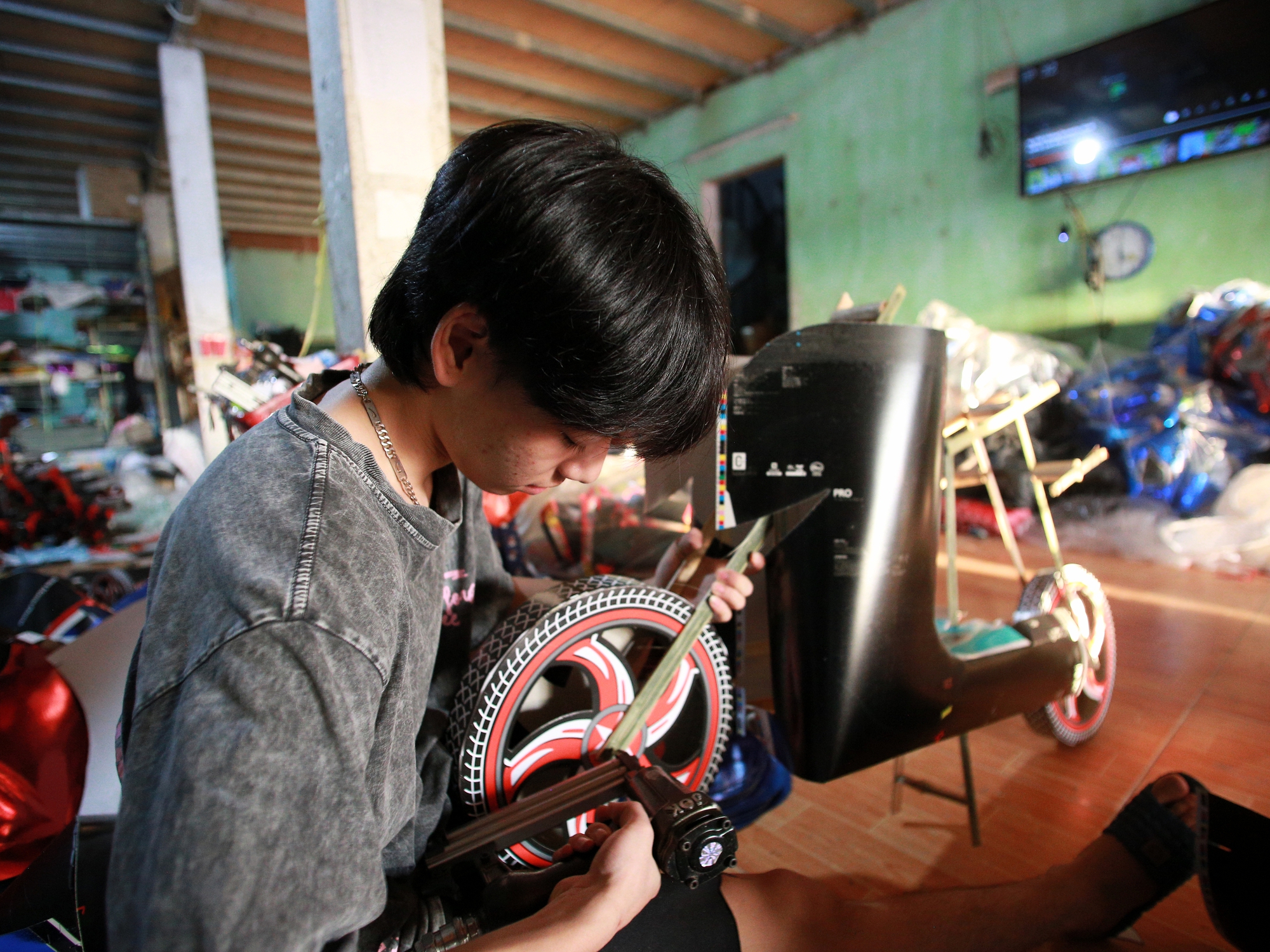
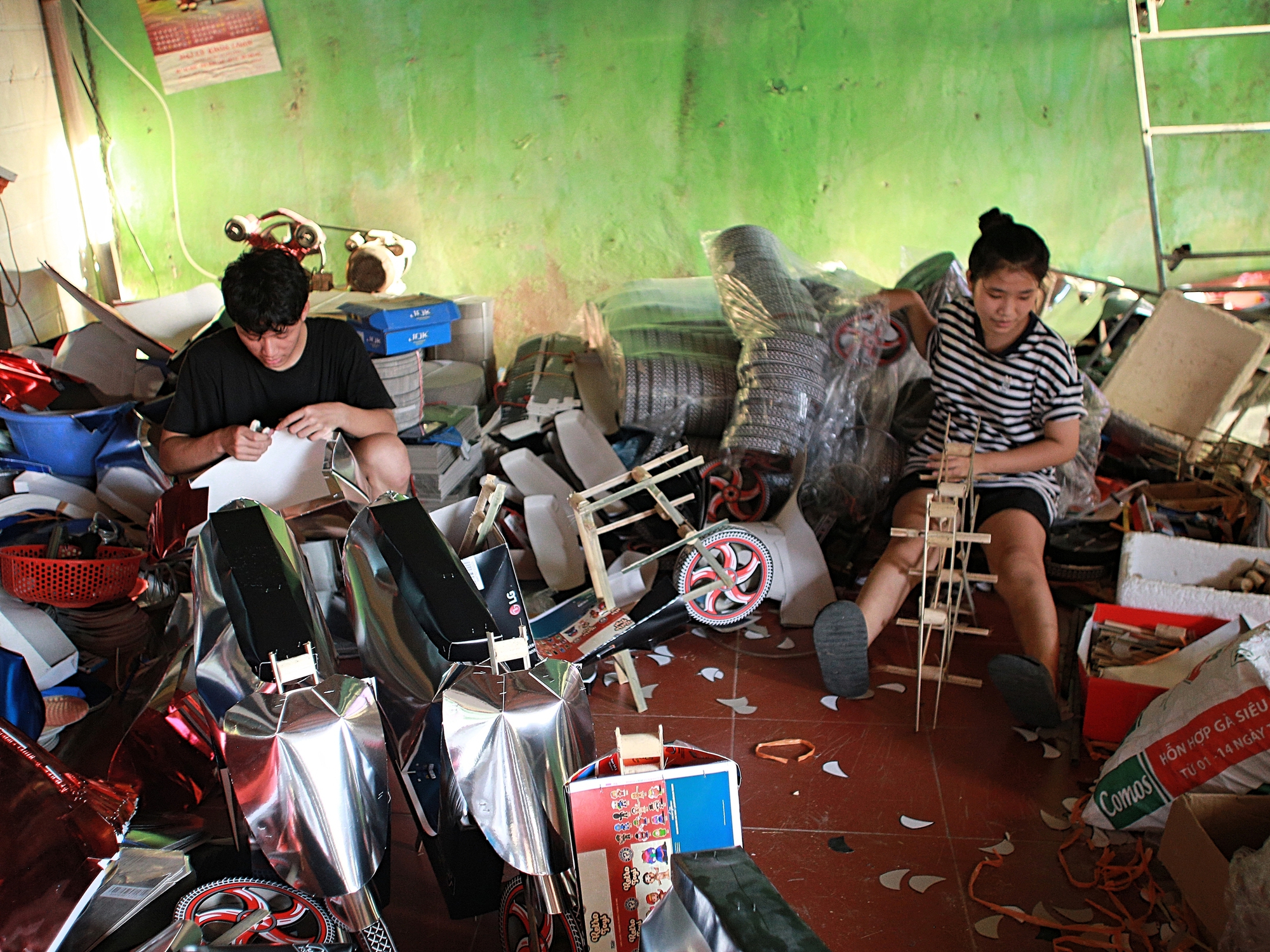
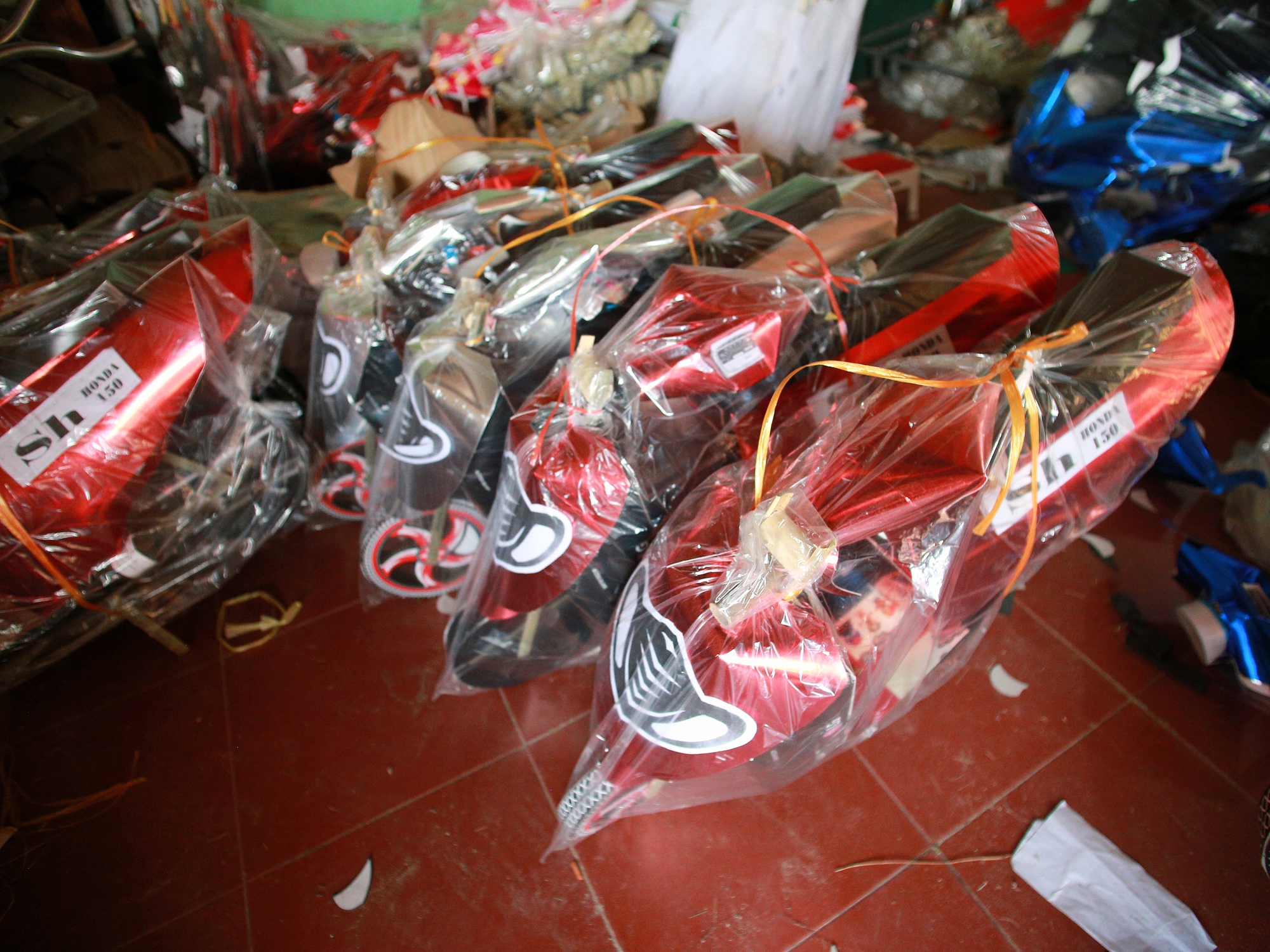
Despite the decrease in consumption, the locals of Song Ho remain busy to ensure they can supply the market.
Prime Minister’s Assignment: EVN must not have power shortage, Vietnam Airlines suffers losses
The Prime Minister emphasized a number of tasks for the core corporations and conglomerates at the working session this morning, February 5th.
New urban area in Bac Giang to connect with Bac Ninh, Hai Duong, and Quang Ninh provinces, spanning over 4,300 hectares
This is a bustling urban area, a crucial transportation hub linking Bac Giang with neighboring provinces. The planned area covers approximately 4,378 hectares, with an estimated population of 90,000 people by 2045.


